On a busy day, 11,000 students, faculty, and staff climb aboard the BU Shuttle (BUS), jumping on and off along the route from the Charles River Campus to the Medical Campus. That adds up to 1.9 million riders in the course of a year, says Billy Hajjar, director of BU Parking and Transportation Services.
The BUS has become the go-to for many commuters because of convenience (no parking hassles) and price (free). The 10-vehicle fleet includes 5 articulated (accordion) buses, at 60 feet long, capable of holding 100 passengers each, as well as 5 standard (40-feet-long) buses, with room for 60 passengers. During peak travel times, 6 shuttles make 12 stops between the campuses, operating from 7 a.m. to midnight and even later on weekends.
What passengers don’t get to see is the behind-the-scenes life of the BUS. Drivers begin arriving at the Braintree lot housing the buses at 4:30 a.m., where they gas up and do a safety inspection. From there, it’s a 30-minute ride navigating rush-hour traffic to the Medical Campus or the Charles River Campus to begin picking up passengers. The last drivers don’t return their buses to Braintree until well after midnight, depending on the day.
“It may sometimes go unnoticed that our BUS drivers have a very challenging job, navigating these large vehicles through an ever-changing climate along a dense urban route, each and every day,” says Hajjar. “If you take the time to thank your drivers for what they do, I’m certain it would brighten their day.”
As in any major city, some delays are unavoidable: Boston’s notorious traffic congestion, frequent construction detours, and the occasional maintenance issue can derail the best of schedules. When that happens, Hajjar says, the best thing to do is check the “live view” on the BU Mobile App, the BUS Twitter page, or the BUS website. And sometimes, it may just be faster to walk.
Bill Politis can be reached at bpolitis@bu.edu.


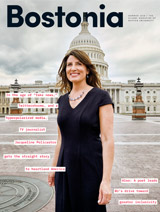
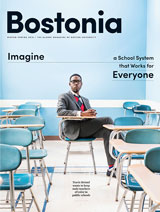
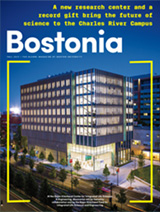


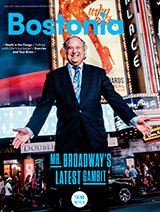
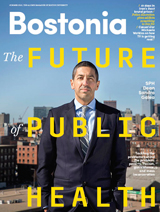
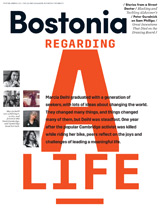
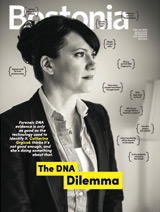
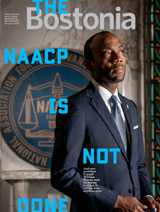
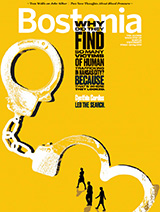



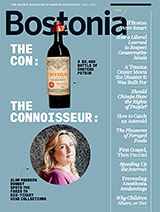
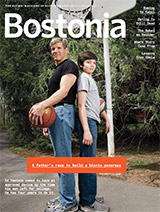
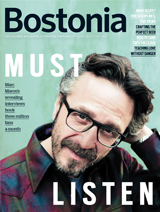
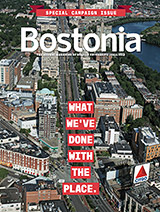
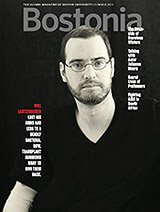
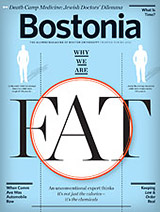
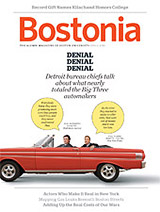
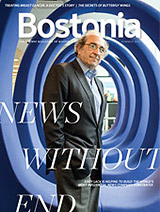


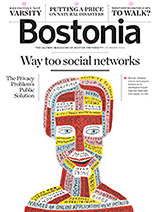
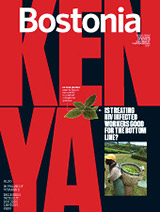
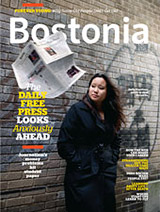

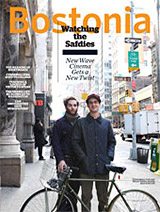



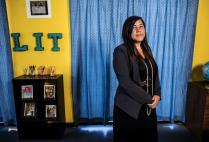
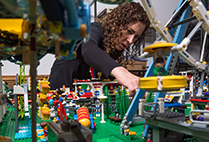

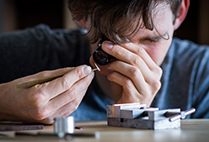

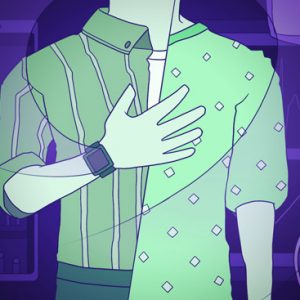
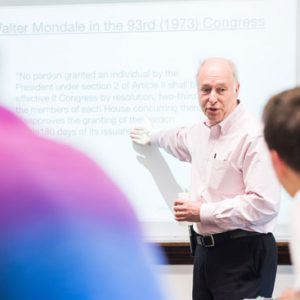

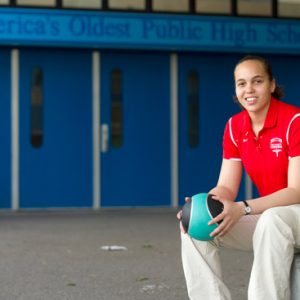
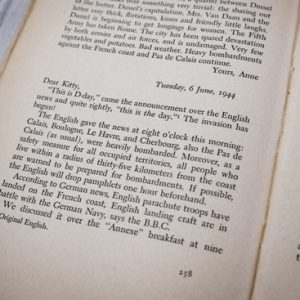


Related Stories
Biking in Boston, Seriously
Comm Ave improvements promise a safer commute
Reconstructing the Comm Ave Bridge, in Pictures
Photo essay recalls herculean 24/7 project
Easing Transition to Civilian Life for Women Veterans
MED researchers create network with Walmart Foundation grant
Post Your Comment